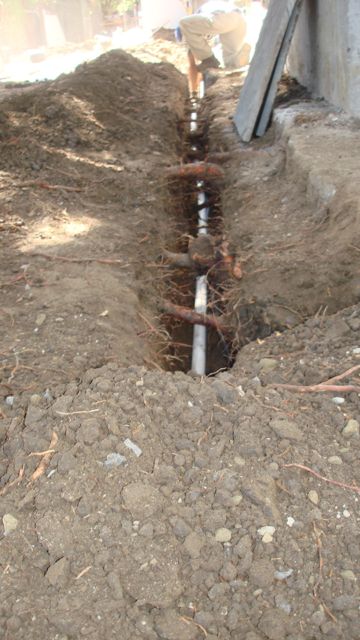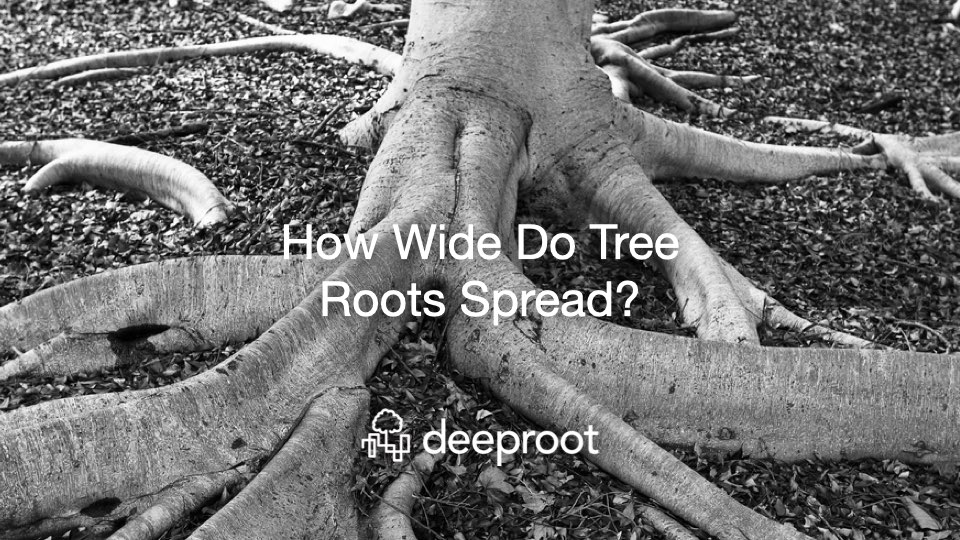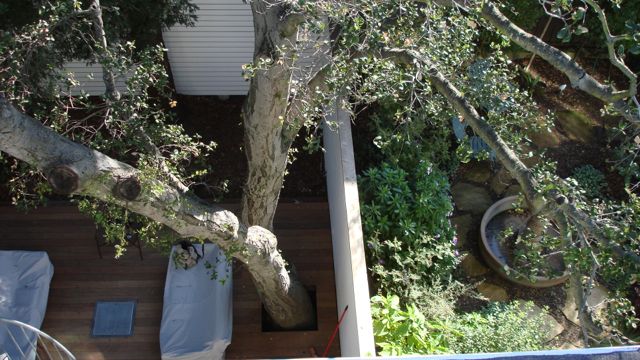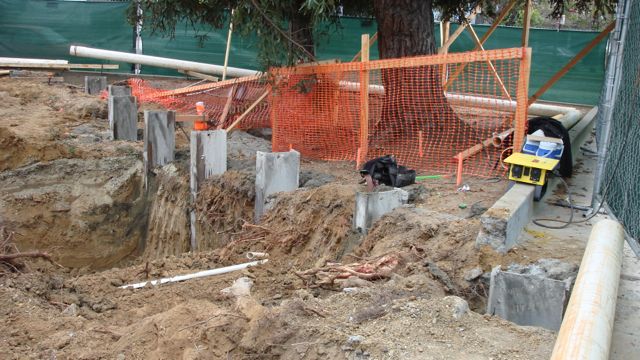One of the most common questions posed when beginning an urban forest project is: how wide do tree roots grow?
According to studies conducted by Colorado State University, most tree roots occupy an area two to four times the diameter of the crown. Other research done at Iowa State University suggests that roots may extend four to seven times beyond the surface area occupied by the crown of the tree. And horticulturalist/gardening expert Robert Kourik states that roots can be anywhere from one-and-a-half to eight times wider than the tree’s dripline.
Clear as mud, right?
The problem is that conditions vary from environment to environment, and these conditions — tree distance, climate, soil volume, water access, etc. — play an enormous role in root growth. According to the fourth edition of Arboriculture (by Richard Harris, James Clark, and Nelda Matheny), there are a number of root facts that make it easier to predict their ultimate location and growth:
- Roots are opportunistic. There will be more roots when conditions are favorable (fertile, moist, uncompacted soils will have more fibrous roots).
- Dry, compacted soils with no organic matter will result in fewer roots; however, they will also be larger and able to grow further distances.
- Root systems may grow wider when downward growth is restricted, such as by a high water table or bedrock.
- Open-grown trees often have a wider root system than trees closely planted together. Some species, such as Coast Redwoods (sequoia sempervirens), can root-graft with others of their kind, sharing nutrients, stabilizing each other, and reducing the stress on each individual tree. Learn more about tree’s nutrient sharing with this TED Talk from Suzanne Simard.
That said, it’s important to remember that roots can surprise you — direct inspection of the area is always required to be sure where roots are located. Also, calculating the root growth as a multiple of the tree canopy is problematic; for instance, a tree’s dripline may be affected by pruning, shrinking its size, whereas the same tree’s roots would be left unaffected. Many arborists prefer using trunk diameter as a more reliable predictor of root spread.
A 2009 study conducted by Susan Day and Eric Wiseman at Virginia Tech University analyzed young trees less than eight inches in diameter growing in unobstructed soil. They found that the ratio of root radius to trunk diameter was about 38 to 1. This means that a tree with a six-inch trunk diameter could have roots growing out from the trunk as far away as 19 feet. While studies for mature trees are fewer, the ratio is typically smaller for older trees.
Arborists often recommend a tree protection zone with a radius of one foot for every one inch of trunk diameter — a 12 to 1 ratio. It’s important to stress that this is just a guideline. The size and location of the zone varies by species, age, and condition of the tree, as well as by soil type and the nature of the surrounding environment.
In the end, it’s crucial to retain a project arborist at the outset of any urban planning initiative to assist with tree and root assessment — and recognize the environmental factors at play when planning underground space for root growth.
Ellyn Shea is an arborist and consultant in San Francisco.

Hand-digging can preserve roots when trenching. Here, a hand-dug trench means an irrigation line can be successfully laid under established tree roots.








Leave Your Comment